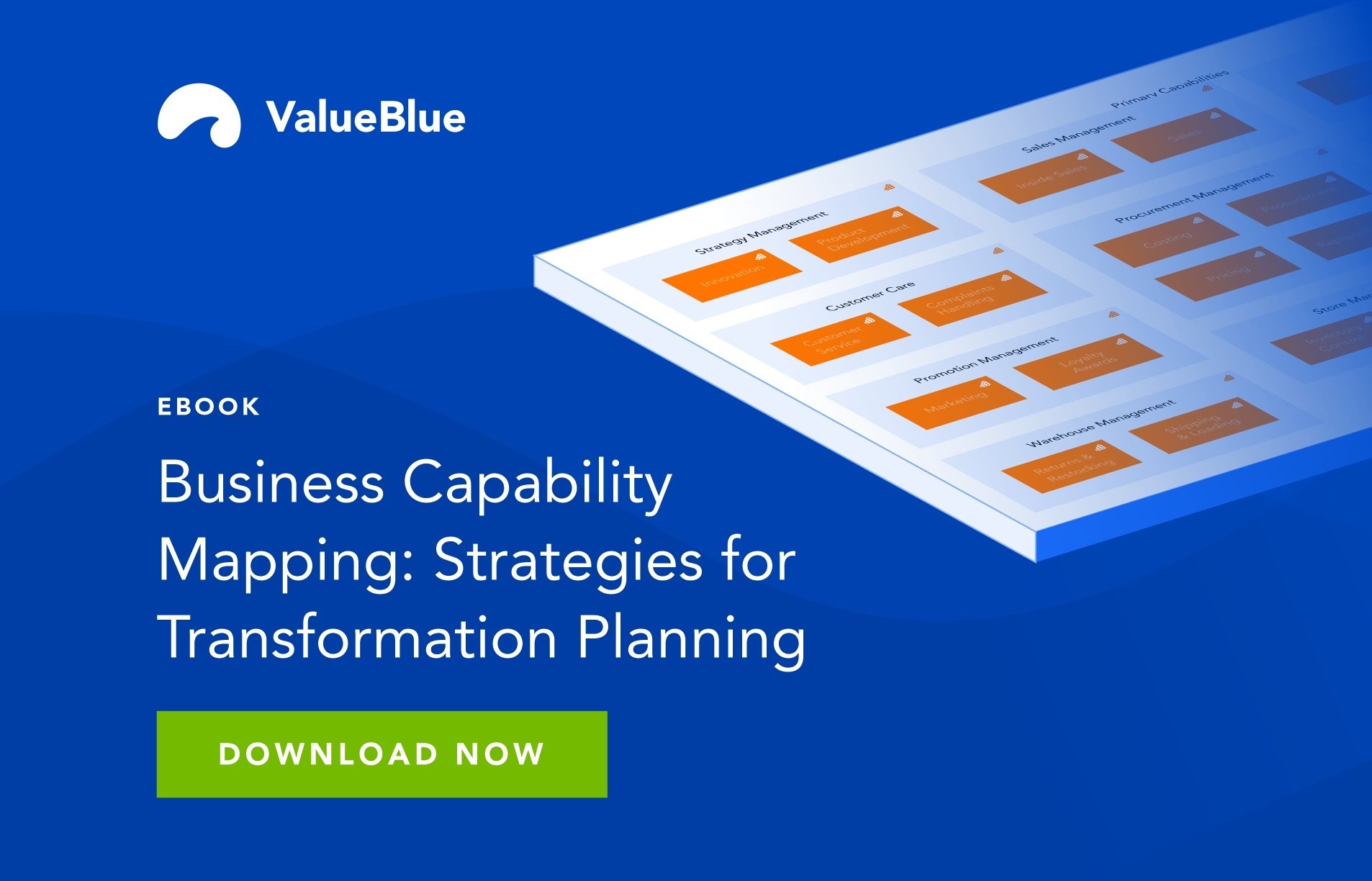Accelerating Change and Financial Risk Management with Solution Design
In today’s fast-paced business environment, companies are increasingly confronted with the need to transform and evolve to stay competitive. Whether through technological advancements, changing customer expectations, or shifting market conditions, organizations must undergo constant change to thrive.
However, implementing significant change can be risky – both in terms of time and financial investments. This is where Solution Design becomes a game-changer. By carefully planning, designing, and implementing new systems, processes, and technologies, businesses can accelerate their transformation and minimize the financial risks associated with change.
In this article, we will explore how Solution Design is a cornerstone in driving business transformation, optimizing costs, and reducing the financial risks often accompanying major organizational shifts.
What is Solution Design?
Solution Design is the process of defining and planning the architecture of a solution (technology, system, or process) that will address specific business challenges and meet organizational objectives. It is a multi-disciplinary approach that integrates technology, business strategy, process management, and user experience to create solutions that are not only functional but also adaptable, efficient, and scalable.
Solution design typically involves:
- Understanding the business problem or opportunity.
- Identifying technology solutions that best meet the needs of the business.
- Designing a system or process that aligns with organizational goals.
- Ensuring the integration of various technologies, platforms, and people.
- Testing the solution to validate its effectiveness before full implementation.
A well-executed solution design ensures that every element of a transformation initiative is carefully thought out and harmonized, resulting in smoother implementation and less disruption.
How Solution Design accelerates change
It optimizes technology adoption
The adoption of new technologies is at the heart of any business transformation. Whether it’s introducing an Enterprise Resource Planning (ERP) system, shifting to a cloud-based infrastructure, or integrating Artificial Intelligence (AI), technology is central to the changes organizations must make to remain competitive.
Solution Design ensures that the technology chosen fits seamlessly with business goals. A well-designed solution identifies the technologies and tools to enable the business to reach its objectives with the least friction. This approach eliminates unnecessary delays in adoption and helps companies to start realizing the benefits of their transformation efforts much faster.
When technology is correctly aligned with the organizational strategy from the outset, there is less risk of misalignment or wasted investments. Moreover, a clear roadmap, defined by solution design, makes deploying new technologies more predictable, ensuring the organization can manage the changes more efficiently.
It streamlines processes
Business Transformation is not just about technology; it’s also about optimizing processes to improve efficiency, reduce waste, and improve customer satisfaction. Solution Design enables businesses to examine their workflows, identify inefficiencies, and then design new processes that deliver better results. By creating processes that leverage technology for automation, companies can free up valuable time and resources that were once spent on manual tasks. The result is a more agile, efficient business that can adapt to change faster.
For example, a solution design team might help redesign a company’s order-to-cash cycle to integrate automated invoicing and payment reminders, reducing manual processing errors and speeding up cash flow. These process improvements not only accelerate the transformation but also ensure that companies remain competitive and responsive to customer needs.
It fosters innovation
Solution Design fosters a culture of innovation by continuously seeking new ways to solve business challenges. By involving the right stakeholders in the solution design process – from business leaders to frontline employees – organizations can tap into a wide range of creative ideas that can drive transformative change.
By designing solutions with flexibility and scalability in mind, businesses can rapidly adjust to market changes or customer demands. This ability to innovate quickly enables businesses to remain ahead of the competition.
Furthermore, a well-designed solution supports iterative improvements, meaning that businesses can continuously refine their systems and processes to stay aligned with evolving business needs.
How Solution Design helps with financial risk management
It ensures alignment with business objectives
A key financial risk of Business Transformation is the possibility that the changes will not align with the company’s strategic goals. If a new solution doesn’t support the overarching business strategy, the company risks wasting resources on initiatives that don’t drive value.
Solution Design mitigates this risk by ensuring that the technology, processes, and systems developed align directly with the organization’s long-term objectives. By mapping out the solution and its outcomes, businesses can ensure they are investing in projects that will deliver a clear return on investment (ROI). It also helps identify potential misalignments early in the process, allowing for adjustments before significant resources are committed.
For example, when implementing a new CRM system, Solution Design ensures that the system is configured to meet both the sales team's needs and customer service objectives. This targeted approach reduces the likelihood of costly revisions later in the project, minimizing financial risk.
It minimizes scope creep
Scope creep is a common issue in transformation initiatives. As requirements change or new features are added, the project can quickly become more expensive and time-consuming than initially planned.
Through Solution Design, businesses can define clear parameters, set expectations early on, and ensure that changes to the scope are carefully considered and justified. The detailed planning involved in solution design helps create clear project milestones and deliverables, which can safeguard against unplanned changes and cost overruns.
By creating a comprehensive solution design in a single fully integrated Enterprise Architecture repository that outlines all aspects of the solution – such as timelines, resources, and budget – stakeholders can stay on the same page and make informed decisions throughout the process.
It helps identify and mitigate risks
Before any new solution is implemented, it is important to assess potential risks – whether related to technology, process integration, security, or compliance. Solution Design is critical in identifying these risks early and designing safeguards to mitigate them.
For example, solution designers might perform risk assessments related to data privacy and cybersecurity before implementing a new system. By planning for these risks upfront, businesses can avoid costly mistakes arising from unforeseen security vulnerabilities or regulatory non-compliance.
In addition, Solution Design includes identifying contingency plans and creating systems that are flexible enough to adapt if risks do materialize. This proactive approach minimizes the likelihood of costly disruptions during and after implementation.
It ensures scalability and long-term viability
One of the biggest financial risks of Digital Transformation is new systems or processes quickly becoming obsolete or incapable of scaling as the business grows. Solution Design ensures that the solution is scalable, adaptable, and future-proof, reducing the likelihood of the organization needing to make further, expensive changes in the near future.
For example, when designing an enterprise system, the solution should be capable of growing alongside the organization’s evolving needs. The design should account for factors such as increased user demand, additional functionality, or changes in the business model. By preparing for growth in advance, businesses can avoid costly disruptions when the time comes to scale.
Embrace Solution Design for a successful Digital Transformation
Solution Design is far more than just a technical function; it is the backbone of successful Business Transformation that helps to mitigate the financial risks associated with it effectively.
In an era of constant change, companies that prioritize Solution Design will be better positioned to thrive in the face of transformation, innovate at a faster pace, and minimize financial risks along the way. Solution design's combination of speed, precision, and foresight makes it an indispensable tool for any organization undergoing change.
.png)


